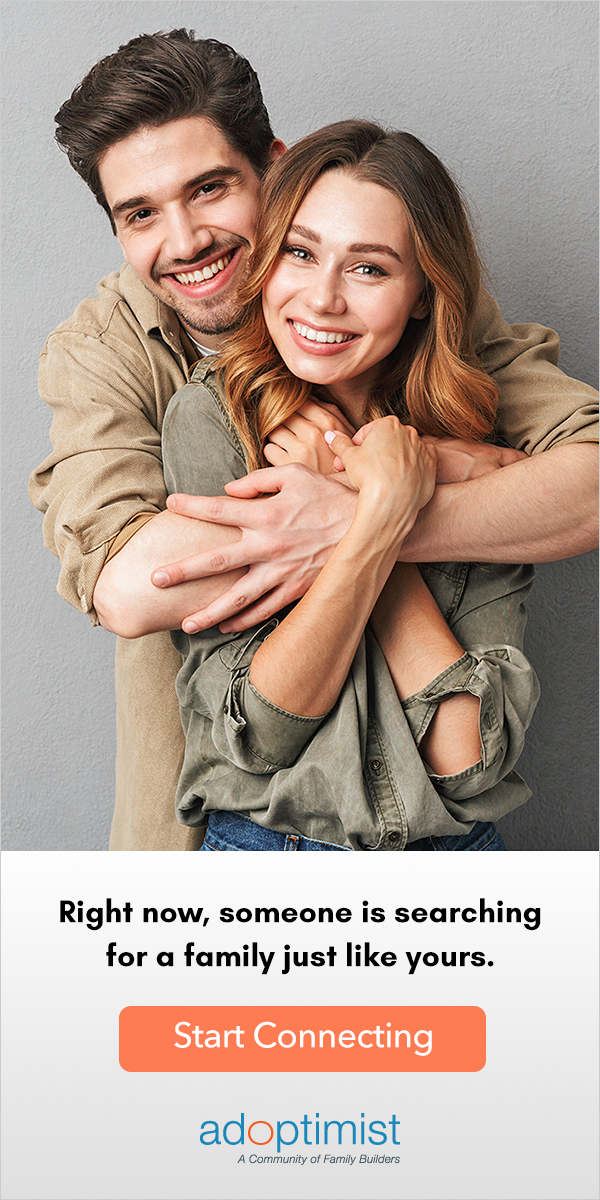Open Adoption vs. Closed Adoption

For families who are new to adoption, it can be very confusing when they first hear the terms “open adoption” and “closed adoption”.
Most domestic adoptions in the U.S. are considered open adoptions, meaning there is some type of contact and/or sharing of identifying information between the birth family and the adoptive family.
Prior to the 1980s, almost every adoption in the U.S. was considered closed – where there was no contact between the adoptive parents and the birth parents. The records of the adopted child were legally sealed by the courts.
Open adoption vs Closed adoption
Today, for most domestic adoptions in the U.S., agencies and attorneys expect hopeful adoptive parents to provide a family profile that will reviewed by expectant mothers who are looking to make an adoption plan for their child.
Prospective birthmothers usually provide adoption professionals with their health history and other information that can be reviewed by the adoptive parents once they are chosen by the birthmother. In open adoptions, the adoptive family and the birth family mutually agree to move forward with an adoption plan. This can be accomplished through phone calls, in-person meetings, or other forms of contact.
Once placement of the child with the adoptive family takes place, there is some form of ongoing contact agreement. This could be sending periodic letters and photos, phone calls, email or social media exchanges, or it could be as involved as having regular visits with the child’s birth family.
A closed adoption is exactly the opposite of an open adoption because no identifying information (names, addresses, phone numbers, etc.) is shared between the adoptive family and the birth family. Typically, this is the choice of the birthmother.
Studies have shown that maintaining some connection to the birth family is best for the child, so adoption professionals are encouraging some degree of openness in most adoptions.
There are cases where ongoing contact between the adoptive family and the birth family is not in the best interest of the child. This could be true when a birth parent has mental or behavioral issues that keep them from maintaining a healthy relationship with the child.
There are also “semi-open” adoptions, where the two families agree to communicate going forward, however there is no exchange of identifying information. The communication is handled through the agency or attorney and is typically on a first name basis only.
Open adoptions are based on the relationship between adoptive parents and birth parents. Because relationships can evolve and change, the type and frequency of contact agreed upon can change over time. For example, the initial agreement may be for the adoptive parents to only send letters and photos. Later on, they may ask the birthparents if they could visit or have a phone conversation.
Research by the Donaldson Adoption Institute on birthparents in closed adoptions suggest a significant number of them struggle with chronic, unresolved grief. The research stated “the primary factor bringing peace of mind is knowledge about their children’s well-being.”
As with all relationships, open adoption may not be easy. There will likely be challenges along the way, but with the right attitude and approach, having openness in adoption can provide a child with a valuable connection with their birth family.
Additional information about open vs closed adoption can be found at:
